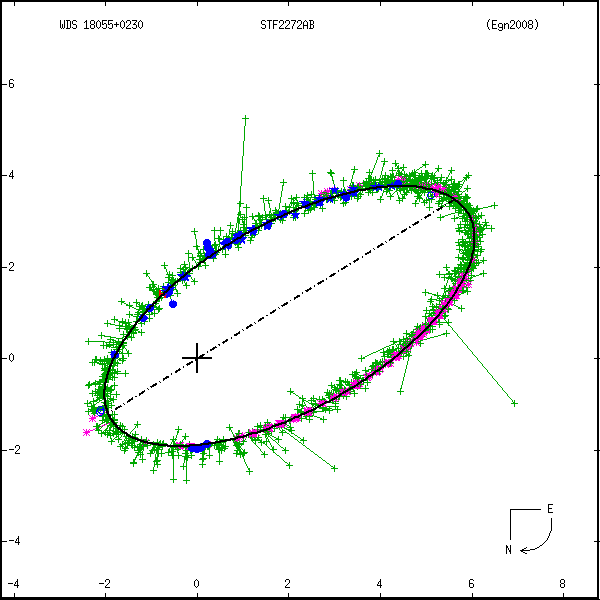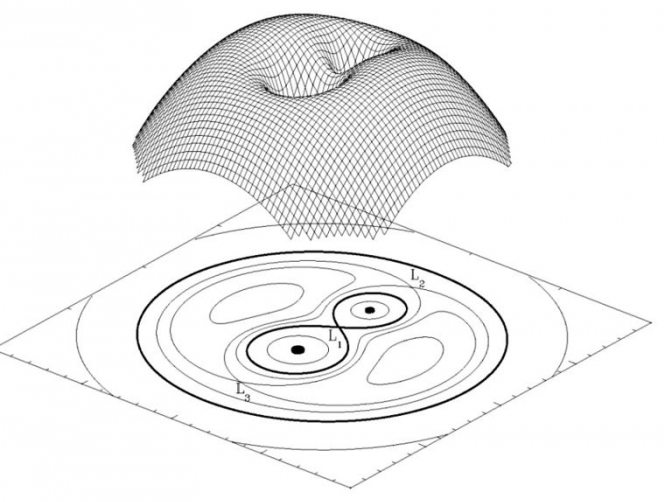Organization of Commission G1
IAU Commission G1 is governed by its President, Vice-President, and Organizing Committee. These members manage the operations of the Commission and review applications for sponsorship of professional meetings associated with the research topics of the Commission.Responsibilities of Commissions
The duties and responsibilities of Commissions and their Organizing Committees are described under Section VI of the IAU Bye-Laws. The following sections were reprinted from the IAU Bye-Laws, Beijing, 21 August, 2012, Updated Vienna, 31 August 2018.-
VI. SCIENTIFIC COMMISSIONS
22. A Scientific Commission shall consist of:
22.a. A President, Vice-President and an Organizing Committee consisting of 4-8 persons elected by the Commission membership, subject to the approval of the Steering Committee of the Division. Additionally a Commission Secretary should be appointed by the Organizing Committee from among its members;
22.b. Members of the Union, accepted by the Organizing Committee, in recognition of their special experience and interests.
23. A Commission is initially created for a period of six years. The parent Division may recommend its continuation for additional periods of three years at a time, if sufficient justification for its continued activity is presented to the Division and the Executive Committee. The activities of a Commission are governed by Terms of Reference, which are based on a standard model published by the Executive Committee and are approved by the Division.
24. With the approval of the Division, a Commission may establish Working Groups to study well-defined scientific issues and report to the Commission. Unless specifically re-appointed by the same procedure, such Working Groups cease to exist at the following General Assembly.
IAU Terms of Reference for Commissions
The responsibilities of Commissions are set by the Terms of Reference based on the IAU Working Rules, Section X, Items 41-45, Section XII, Items 47a, 47c. Updated: Paris, June 26th, 2019.-
X. TERMS OF REFERENCE FOR COMMISSIONS
The role of the Commissions is to organize the work of the Union in specialized subsets of the fields of their parent Division(s), when the corresponding activity is judged to be of considerable significance over times of a decade or more. Thus, the Executive Committee, upon the recommendation of one or more Divisions, may decide to issue a public Call for Proposals for Commissions, when fields emerge that are clearly in sustained long-term development and where the Union may play a significant role in promoting this development at the international level (Statutes, §22). Similarly, Commissions may be discontinued by the Executive Committee upon the recommendation of the parent Division(s) when their work can be accomplished effectively by the parent Division(s). In keeping with the many-sided activities of the Union, Commissions may have purely scientific as well as more organizational and/or interdisciplinary fields. They will normally belong and report to one of the IAU Divisions, but may be common to two or more Divisions (see Bye-Laws §23). The Commissions within a Division are not expected to cover all the scientific areas of the Division, therefore some specific areas may not be covered by Commissions for some period of time.
A Division may temporarily have no Commission.
The following Terms of Reference have been revised and approved by the Executive Committee during the XXIXth General Assembly in Honolulu (2015). They apply if a Division has one or more Commissions.
41.a. The activities of a Commission are directed by an Organizing Committee of 4-8 members of the Commission, headed by a Commission President and Vice-President (cf. Bye-Laws §22). A member of the Organizing Committee normally serves a maximum of two terms, unless elected Vice-President of the Commission in her/his second term. Presidents may serve for only one term. All members of the Organizing Committee are expected to be active in this task, and are to be consulted on all significant actions of the Commission. The Organizing Committee appoints a Commission Secretary who maintains the records of activities of the Commission in co-operation with the Division Secretary and the IAU Secretariat. Contact information for the members of the Organizing Committee shall be maintained at the IAU Secretariat.
41.b. In their relations with Divisions, Commissions fall in three categories:
(a)Regular Commissions are affiliated to one "parent" Division only. The Commission President is a member of the Steering Committee of its parent Division.
(b)Inter-Division Commissions are affiliated to more than one Division, but one is the "primary" Division. The Commission President is a member of the Steering Committee of its primary Division.
(c)Cross-Division Commissions are affiliated to more the one Division on a parity basis. The Commission Organizing Committee will send one representative as ex-officio member in each Steering Committee of its parent Divisions.
42. Individual Members of the Union may join or leave a Commission at any time, while belonging to no more than three Commissions (joining a fourth Commission is allowed if the latter belongs to Division B or C). They should notify immediately the relevant Commission Secretary and the IAU Secretariat. The Commission Secretary should keep at all times an up-to-date list of the Commission members, in coordination with the IAU Secretariat. If a change in Commission affiliation implies a change of Division affiliation, this change must also be notified to the relevant Division Secretaries, and to the IAU Secretariat, to keep the membership database updated at all times.
43. At least six months before a General Assembly, the outgoing Organizing Committee submits to the membership of the Commission a list of candidates for President, Vice-President (for which there should be the names of at least two persons willing to serve), and for the incoming Organizing Committee, according to the composition defined in Bye-Laws §22a. The outgoing Organizing Committee devises the procedure by which the requisite number of candidates is elected by the membership, and requests nominations from the entire membership in preparing this list or may call for self-appointment. It is desirable that more names are proposed than there are eligible positions to be filled on the new Organizing Committee. A vote is then organized, normally electronically, among all the members for the above offices. The results of the elections are reported to the General Secretary for information at least three months before the General Assembly.
Electronic voting may be arranged by the Secretariat.
43.a. The Vice-President is normally nominated to succeed the President. The outgoing President participates in the deliberations of the new Organizing Committee in an advisory capacity. Members of the Organizing Committee normally serve a maximum of two terms, unless elected Vice-President of the Commission. Presidents normally serve for only one term.
44. At least six months before each General Assembly, the Organizing Committee shall submit to the parent Division(s) a report on its activities during the past triennium, with its recommendation as to whether the Commission should be continued for another three years, or merged with one or more other Commissions, or discontinued. If a continuation is proposed, a plan for the activities of the next triennium should be presented, including those of any Working Groups which the Commission proposes to maintain during that period.
45. The Organizing Committee decides its own rules for the conduct of its business by physical meetings or (electronic) correspondence. Such rules require approval by the Steering Committee of the parent Division(s).
XII. IAU "ASSOCIATE" STATUS
The IAU status of "Associate" is offered by invitation exclusively, to individuals who are not IAU members, but are actively involved in the work of the IAU, as members of a Working Group, a Commission, or a Division. The status is temporary and must be reconfirmed at the time of the General Assemblies. Associates are nominated by the Working Group, Commission, or Division with which they are working, and are listed on the IAU web site as "Associates".
47.a. Commission WG Associates must be approved by the relevant Commission President;
47.c. Commission Associates must be approved by the Division President

